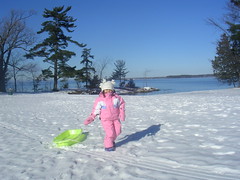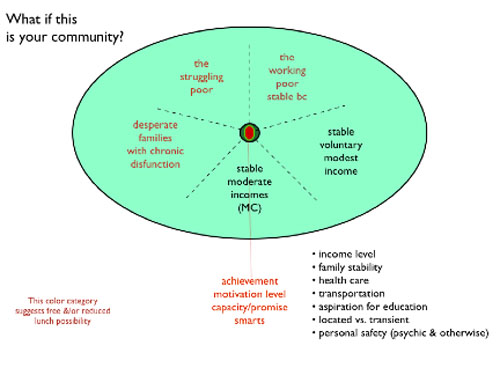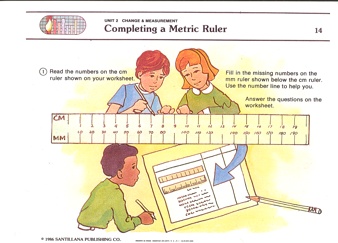Our subgroup has worked intermittently but inspirationally on a plan for an RLC since the initial ideas of entry 10/23/06. Here’s the latest plan, a bit more shaped and focused.
Pawprints
1. Theme
Making sustained positive differences in the lives of Burlington children and families through our Pawprints, intentional actions of civic awareness and community engagement.
2. Objectives
Major Objective A. Make a positive difference in the lives and aspirations of children and families of the Burlington Schools.
Major Objective B. Develop the civic awareness and social responsibility of each participating resident.
Major Objective C. Establish, monitor, and assess the connected relationships between UVM participants and Burlington’s children, youth, and families. These relationships are our Pawprints.
Objectives: Collectively, Pawprints will:
1. demonstrate a visible UVM commitment to children, youth, and families in Burlington
2. provide venues for UVM students to establish relationships with children and youth
3. establish relationships with children and youth that are sustainable beyond the usual semester to semester brackets of time and task
4. create and nurture cross disciplinary student inquiry
5. create aspirations for higher education for first generation children and youth
6. establish and nurture personal multiage friendships between UVM students and Burlington children and youth that enrich the lives of both
7. create an awareness of the need for life-long civic awareness and community engagement in UVM’s young adult participants
8. explore the role and range of various forms of public engagement, the kinds of public engagement that create responsible and caring communities
9. develop and affirm the power of social interest in both the UVM student and their protégés in the public school
10. utilize technology to connect and extend communities of learners
11. utilize technology to create and express stories of connection
12. utilize technology to learn and communicate about community structure and function, especially with regard to forms and distribution of personal and political power
13. assess community building developmental assets across the entire range of projects
14. equip every UVM participant with a laptop computer (making Pawprint an Apple Computer Project)
3. Outcomes
As a result of Pawprints, we would hope to see…
1. increased efficacy in University participants in community development
2. increased pro-social behavior of children and youth
3. research projects and presentations from a variety of disciplines
4. Burlington children and youth visiting campus for specific events
5. targeted instruction for UVM participants related to community development
6. increased knowledge of how the different populations within the Burlington community access and take advantage of community resources
7. the ongoing development of student understanding, action and commitment to the responsibilities of citizens in a democracy to make communities positive places to live for all their diverse groups of people
8. “Pawprints” from every student: a reflective record of their connections with a child or youth from the Burlington community
9. an increase in community building developmental assets
10. a home page for Pawprint that stores a video record of each participants inquiry
4. Academic Component
1. participation in a required one credit civic awareness seminar lecture series
2. an electronic collection, record and reflection of civic engagement
3. Pawprints: a defined, enacted, and evaluated service learning components that frames the civic engagement of each participant
4. an assessment of community building developmental assets across all participants, focused on but not limited to:
• planning and decision making
• interpersonal competence
• cultural competence
• resistance skills
• integrity
• youth as resources
5. Experiences
If successful in enacting a modicum of our objectives, we would hope to see experiences like the following:
A drummer who organizes a salsa rhythm section at the boys and girls club.
A baton champion who organizes a twirling group for girls 8-11 years old.
The engineering student who directs an egg drop contest.
The environmental education major who organizes a waist watch program at the girls and boys club.
An evening with the Superintendent of Schools, talking about what it means to run an urban school district.
A psychology major who studies the developmental assets of a group of middle school students.
A guitar playing composer who posts his songs, composed with two youth, on U-Tube.
An afternoon with the Mayor, talking about how to keep a community alive and functioning and solvent.
A biology major who builds a living environment with a group of fourth grade girls.
The multi-racial poet who starts a poetry slam every Friday afternoon in city hall with youth from the high school.
The middle school teaching candidate who begins an after school digital story telling project with a multiage group of middle school students.
A doctoral student teaching four evening seminars on her personal research of what it was like to grow up poor.
The people of this University and its home community celebrating together, in one place, “downtown,” its shared symbiotic bonds and relationships.



